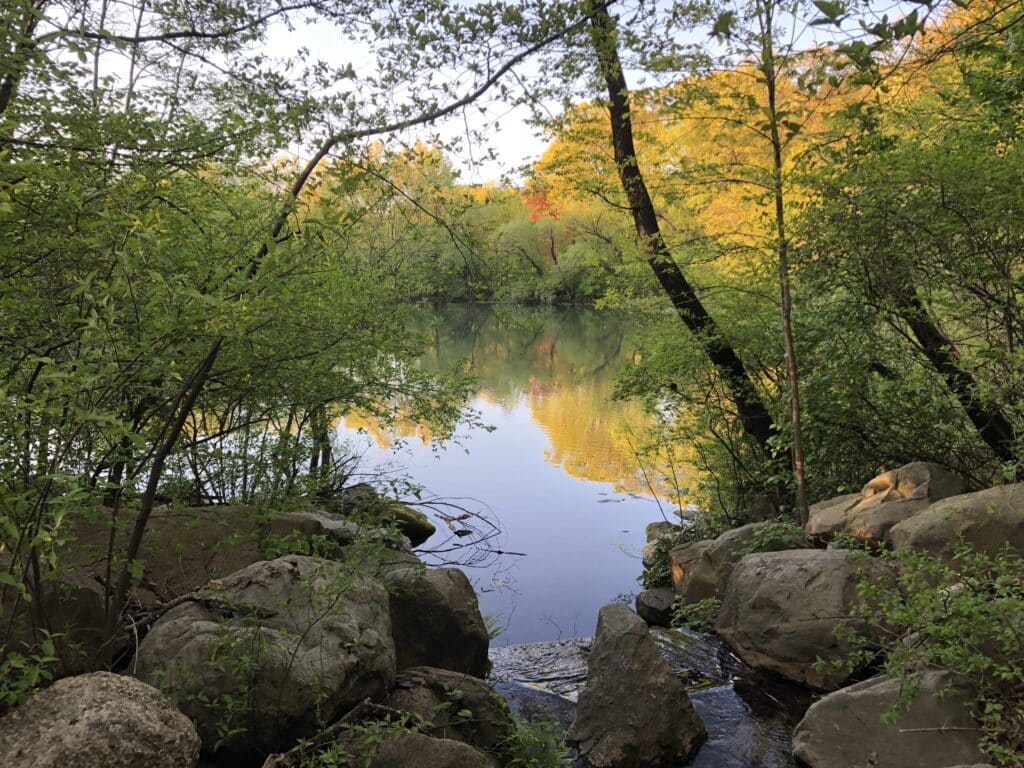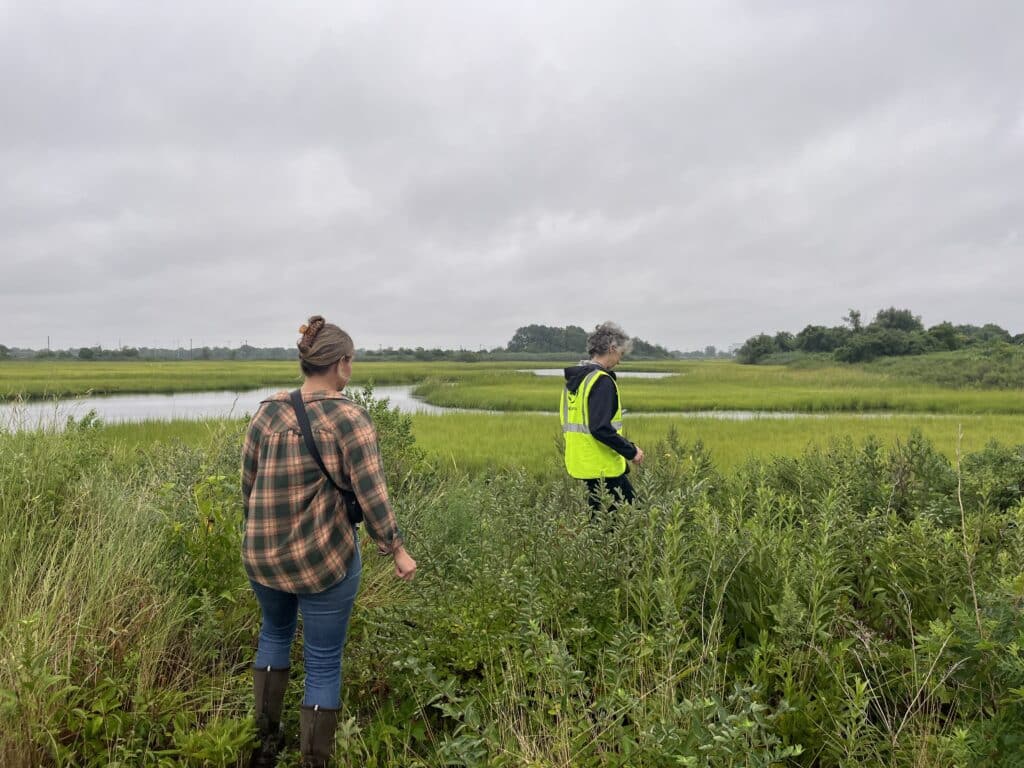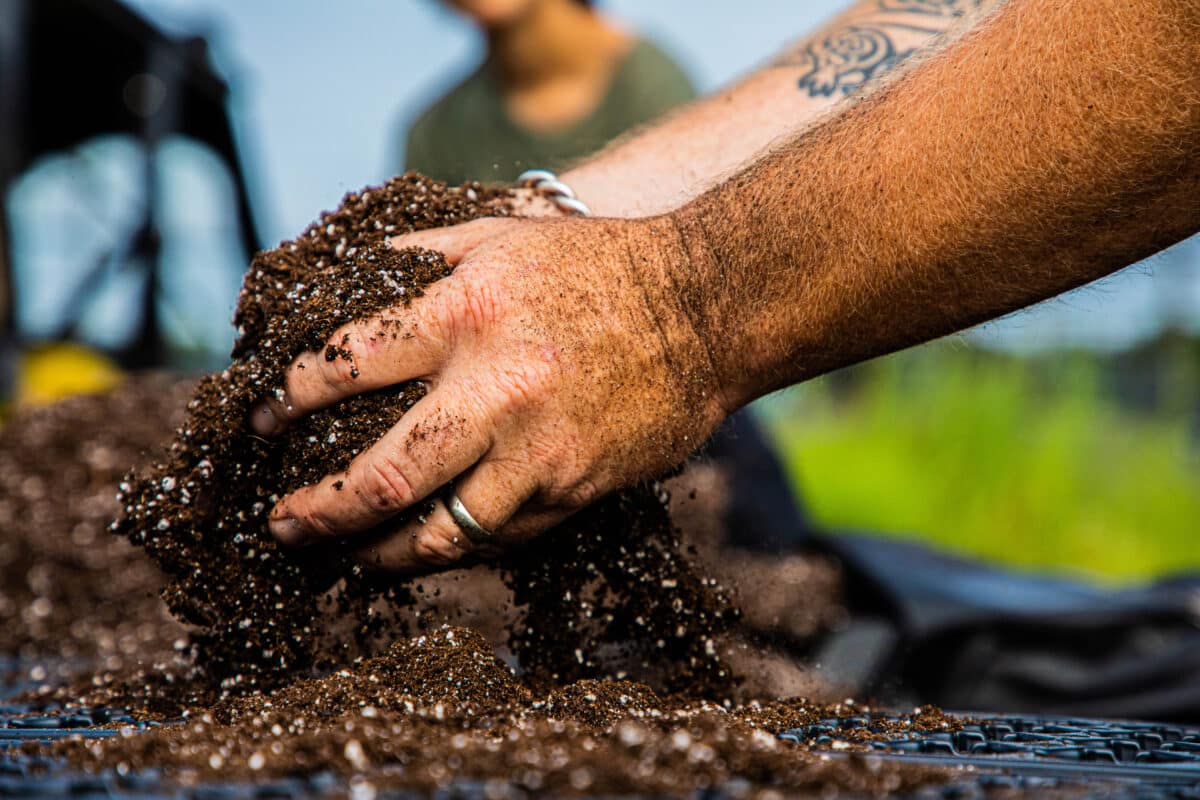Brief Research Report: Case Study on the Early Impacts of COVID-19 on Urban Natural Areas Across 12 American Cities
By Sophie Plitt, Clara C. Pregitzer, Sarah Charlop-Powers
By Sophie Plitt, Clara C. Pregitzer, Sarah Charlop-Powers
The COVID-19 crisis has impacted the lives of the entire nation. As city residents faced lockdowns, they turned to their public parks and open space for respite from the confines of city living. Many residents sought solace in natural areas, wishing to hike, birdwatch, and experience the sights and sounds of a forest during this fraught time. To understand the impacts of the COVID-19 crisis on the public use of natural areas and organizations’ ability to care for them, we deployed a survey in May 2020 to known partners in 12 U.S. cities that are leaders in the management and care of urban natural areas. These cities represent a combined population of over 18 million people and collectively manage 284,906 acres of natural area parkland. We found that most organizations (83%) reported an increase in use of natural areas but concurrently 72% reported a decrease in the ability to care for natural areas during the pandemic. All organizations reported canceled public programs, and 94% saw a decrease in volunteer events. As these organizations look to the future, only 17% were confident in their organization having adequate funding in 2021. Cutting budgets to care for urban natural areas could have significant impacts on the health and sustainability of urban life. These 12 cities serve as examples of a pattern that could be occurring nationally and internationally. As cities reopen, budgets and priorities for the future will be determined as will the fate of resources to care for nature in cities.
Journal: Frontiers in Sustainable Cities
Read Article(this link opens in new window)
Urban stormwater management is a growing challenge in the face of climate change, especially in cities like New York with aging gray infrastructure and increasing impervious surfaces. This report, “Reducing Runoff: The Role of Urban Natural Areas in Stormwater Management,” presents a comprehensive analysis of how urban natural areas, including ...

Urban natural areas are crucial for enhancing city livability and environmental health but are often overlooked, underfunded, and missing formal protection, which leads to loss of ecological benefits, missed opportunities for community engagement and nature access, and overall loss of natural areas. Governance structures for urban forested natur...

In New York City, tidal wetlands are a critical part of coastal resiliency and provide numerous ecological and social benefits. State and federal wetlands mitigation regulations require that development resulting in wetland impacts offset those losses through wetland creation, restoration, and enhancement – with a ...
